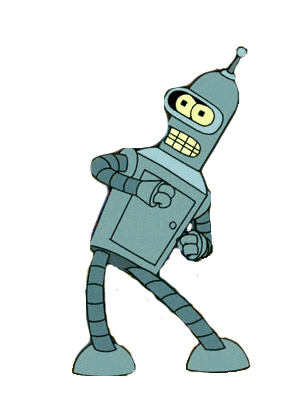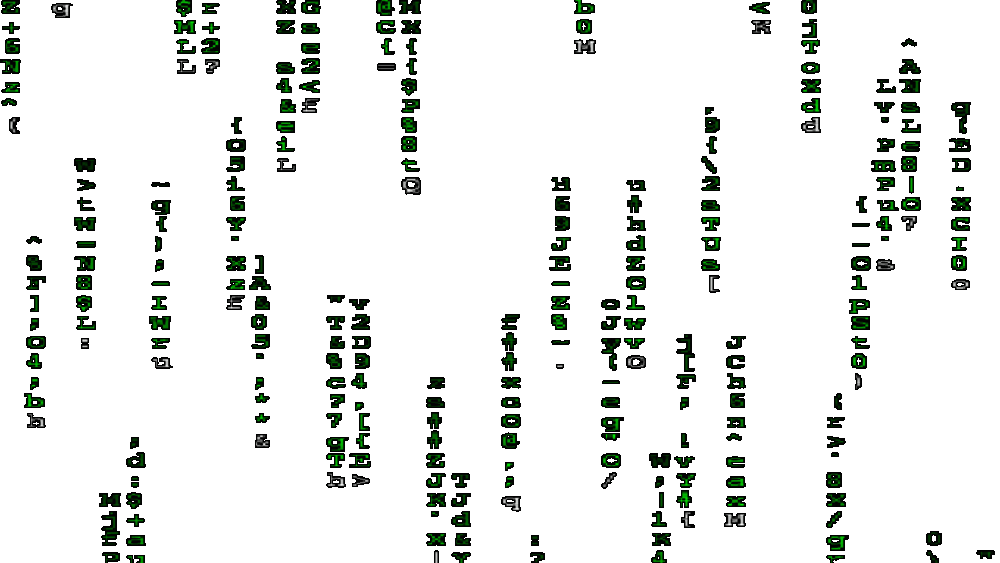Computer Science
Computational Thinking
Problem Solving Skills
What is Computer Science?
Computer science is a relatively new subject. First taught in universities in the early 90s, it has slowly grown to become one of the most widely-applied sciences in the world. There is an estimated 17 BILLION devices in the world currently.


